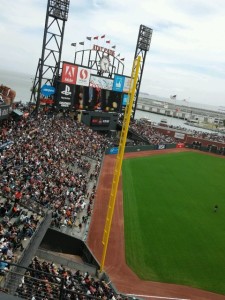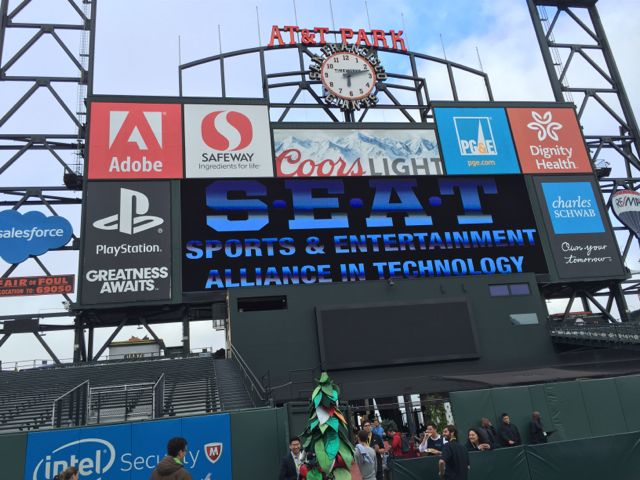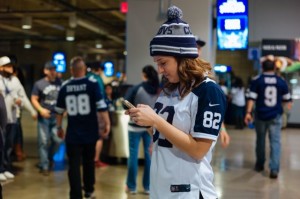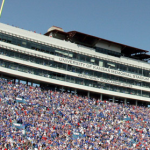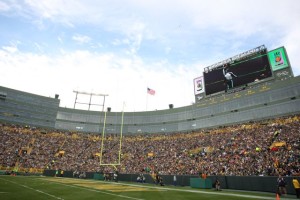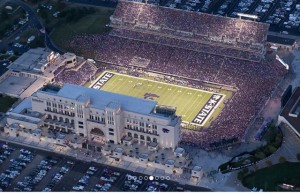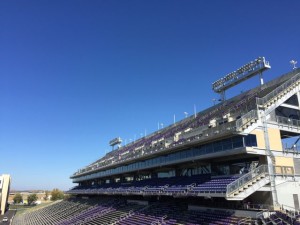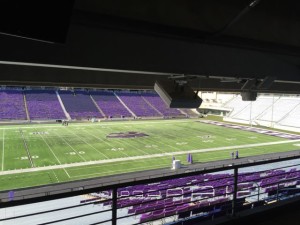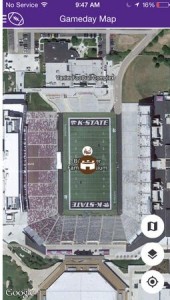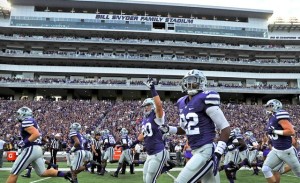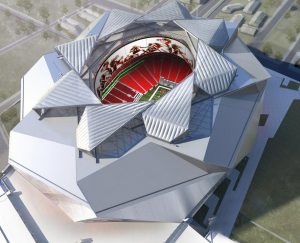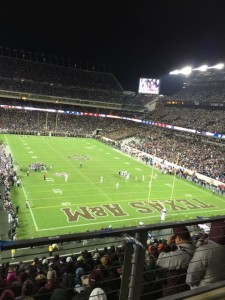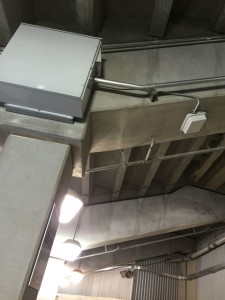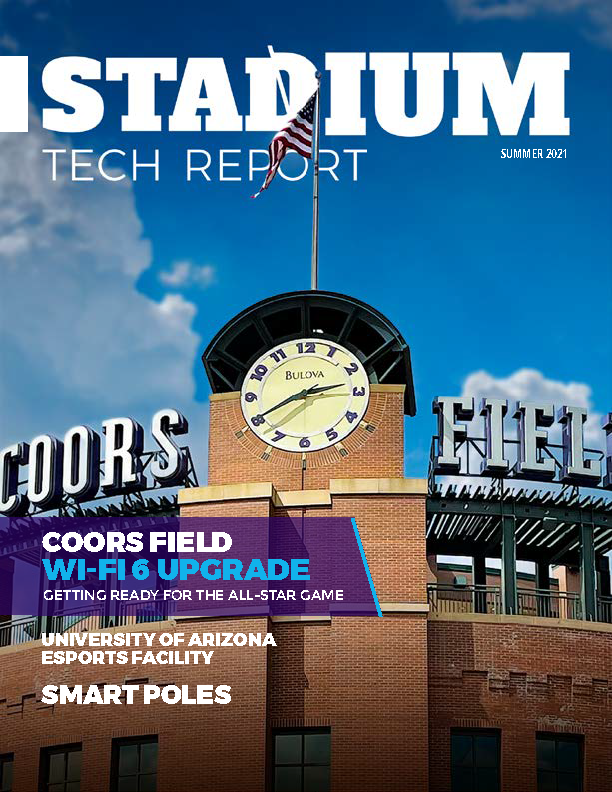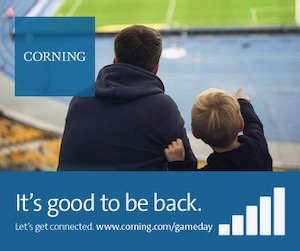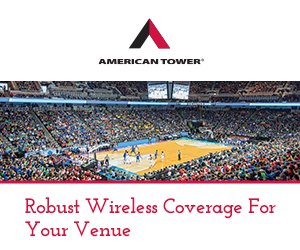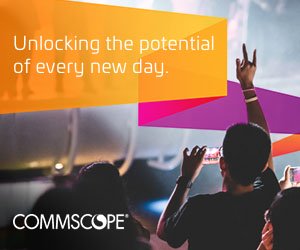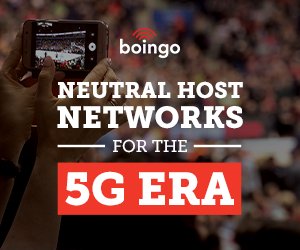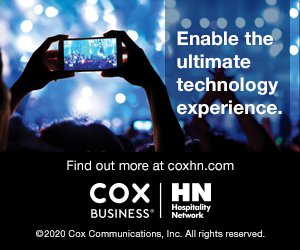Bill Schlough, senior vice president and CIO for the Giants, sent over a bunch of wireless data statistics from the Giants’ season, and on both Wi-Fi and AT&T DAS usage, numbers were up significantly from the year before. In addition to the 78.2 TB of Wi-Fi data used during baseball games, Schlough said additional data used during preseason games, concerts and private parties (like the SEAT 2015 softball game!) probably added another 20+ TB to the total, putting the AT&T Park Wi-Fi usage for the year in the 100 TB range.
Anyone else out there with numbers that challenge for the total Wi-Fi season crown?
Here are some more precise measurements from the AT&T Park 2015 season, with comparisons to 2014 in parentheses:
— Average Wi-Fi Take-Rate: 34.8% (33.9% in 2014)
— Wi-Fi Traffic/Game: 966 GB (591 GB)
— AT&T DAS Traffic/Game: 264 GB (196 GB)
— Wi-Fi Traffic/Connection: +59% vs. 2014
— DAS Traffic/Connection: +35%
